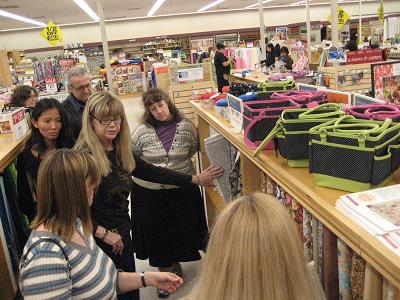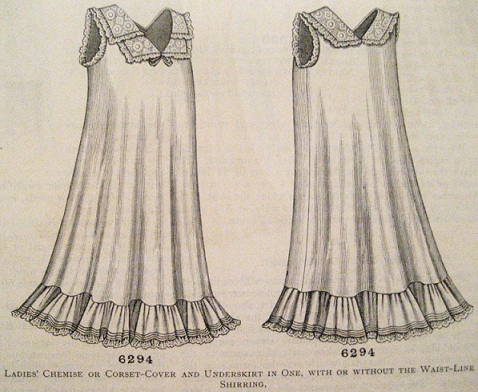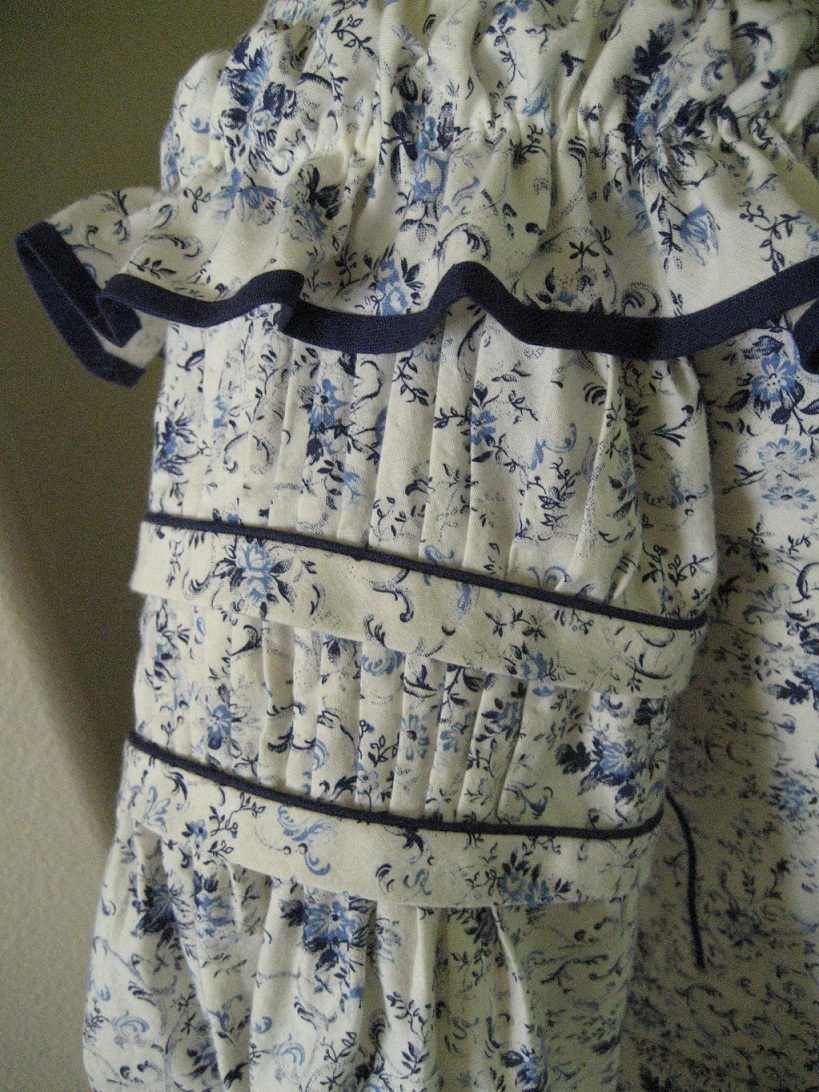Hidden pockets. Wide pockets. Tiny pockets. Welt pockets. Watch pockets. Patch pockets. Pockets with flaps. Pockets in seams. Decorative pockets and functional pockets. Inside pockets. Breast pockets. Back pockets. It truly is amazing the variety and locations of pockets in 19th Century clothing! For easy reference, let’s look at where our ancestors carried personal Read More...
Tag: 1830s
Searching for Historical Supplies from Chain Fabric Stores
It seems like every historical costumer’s journey to a closet full of pretty things to wear always includes a trip… or two… or three… to the local fabric store. We inevitably find ourselves on the quick run to grab thread, hook & eyes or even ribbon. But for so many of us (and yes, I Read More...
Simplifying the Search for Undergarment Patterns – Chemise & Drawers
If you’re at all like most historical costumers, you tend to focus on the main part of a new costume – the dress. I know I do. Sure, you give a thought to the corset; maybe even make a new one which we know is the substance for a well-presented silhouette. Then you follow with Read More...
Reproducing a Late 1830s Pleated Sleeve
One of the most fun projects that I’ve had the chance to bring to life is a reproduction of a late 1830s dress held at the Victoria & Albert Museum. Having sewn 1830s garments before, the bodice and skirt seemed rather easy to me. But the sleeves were where the fun began. Besides the museum Read More...
Reducing Petticoat Layers So Your Waist Looks Small
Those of us who make Victorian dresses are all after one particular feature – a small waist. We do this primarily through corset cinching but also a visual trick with wide sleeves and full skirts. Another hidden method is to reduce the amount of fabric layers around your waist, specifically on skirt layers. When you Read More...
How To Finish Your Skirt Hems For The Most Support
All the Victorians did it. They knew what to do to keep clothes lasting longer. They finagled fabric and thread until it gave them the silhouette they wanted. One of the best things they utilized was the method of using a second or third layer of fabric to stiffen a particular area of a Read More...
Fabric Choices for 19th C. Costumes – Part 3 – Cotton
Do you have a type of fabric that just calls to you? You know, the type that even though you’re looking for something completely different in the fabric store you just can’t help walking over to it and reveling in its deliciousness. Yeah, me too. It’s called cotton. Read More...
The Amazing Look of a Corded Petticoat
I think a lot of costumers, especially newbies and those that haven’t sewn from the Romantic Era, start out by thinking the best way to achieve the skirt silhouette is to begin with a hoop skirt. That couldn’t be farther from the authentic truth as the metal cage crinoline/hoopskirt we know of wasn’t invented until Read More...







